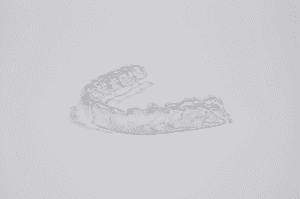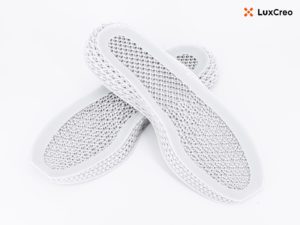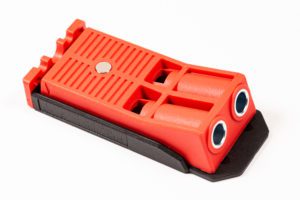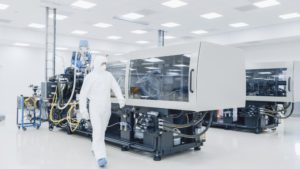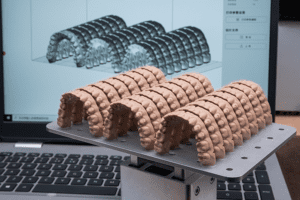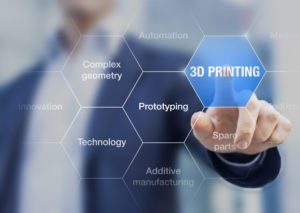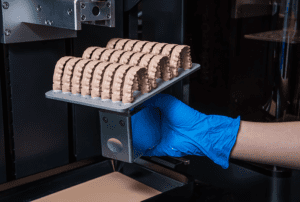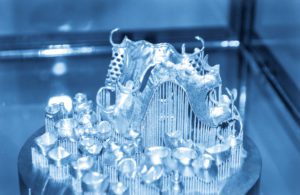3D Printing and the Dental Crown Manufacturing Process
In the past, digital workflows used a combination of CAD/CAM software and CNC milling to make crowns. 3D printers could not make permanent crowns because the materials did not have the appropriate mechanical properties, and there was poor accuracy or fit. With recent advancements in 3D-printable resins, 3D printers can produce permanent crowns that meet mechanical property requirements and make them faster and more cost-effectively than CNC milling. 3D printing is streamlining the dental crown manufacturing process and can benefit labs and dental practices.
Read More3D Printing Clear Aligners: In-house vs. Outsourcing
Advancements in 3D printing technology are improving the production of clear aligners. Today’s 3D printing solutions are widely available to both dental labs and private practices. Orthodontists can now choose between outsourcing aligner production to a lab or
in-house production.
3D Printing Applications in the Footwear Manufacturing Industry
The projected revenue increase demonstrates the continued adoption of additive manufacturing processes by footwear manufacturers. 3D printers have been available since the 1980s. However, many industries have only recently integrated 3D printing solutions into their production processes, as significant advances in machines, material, and software are not only meeting industry requirements but also enabling greater innovation with better performance production parts. Today many footwear companies use 3D printers to optimize design, prototyping, and full production.
Read MoreBenefits of 3D-Printed Jigs and Fixtures
3D-printed jigs and fixtures have several benefits over those made by traditional methods. 3D printing solutions can help companies save time and money by eliminating skilled labor steps and optimizing production processes.
Read More3 Low Volume Manufacturing Methods
Companies use a low-volume approach to test products in the market before high volume production or if the demand is small. Low volume options include injection molding, CNC milling, and…
Read MoreAdvantages of 3D Printing in High-Volume Contract Manufacturing
Contract manufacturing services bring new low or high-volume products to market quickly without requiring large capital equipment expenditures. They lower the barriers for high-volume production as companies do not need to set up factories to manufacture products. Innovations in 3D printing have made it possible to support high-volume production at localized cloud-connected 3D printing smart factories. Utilizing a 3D printing solution for high-volume contract manufacturing helps companies stay agile, produce more complex designs, support multiple SKUs, and manufacture products with advanced high-performance materials.
Read MoreFour Advantages of 3D Printing in Dentistry
3D printing has been leading advancements in dental technology. It has enabled the clear aligner industry to reach a 2.31 billion dollar market size, quickened the turnaround production time of oral devices, and raised dental models’ accuracy. Dental industry professionals can benefit from integrating 3D printing solutions into their workflows.
Read MoreFour Applications of Rapid Prototyping with 3D Printing
3D printing has many rapid prototyping applications, allowing companies to accomplish more in less time without sacrificing product quality. Today’s 3D printing systems require no tooling and support a broad range of materials, so designers can enable rapid functional prototyping and make faster transitions to full-scale manufacturing.
Read More3D Printing in Dentistry: Outsourcing, Bringing In-house, or Both?
3D printing technology is transforming the dental industry for providers and patients. Both dentists and orthodontists have been leveraging 3D printers to create durable, customized appliances with increased frequency year…
Read MoreSLA vs. DLP 3D Printing
Today, the 3D printing field has advanced in accuracy, product complexity, and the number of available processes. Companies can scale the production of complex products to high volume using two processes: stereolithography (SLA) and digital light processing (DLP).
Read More

